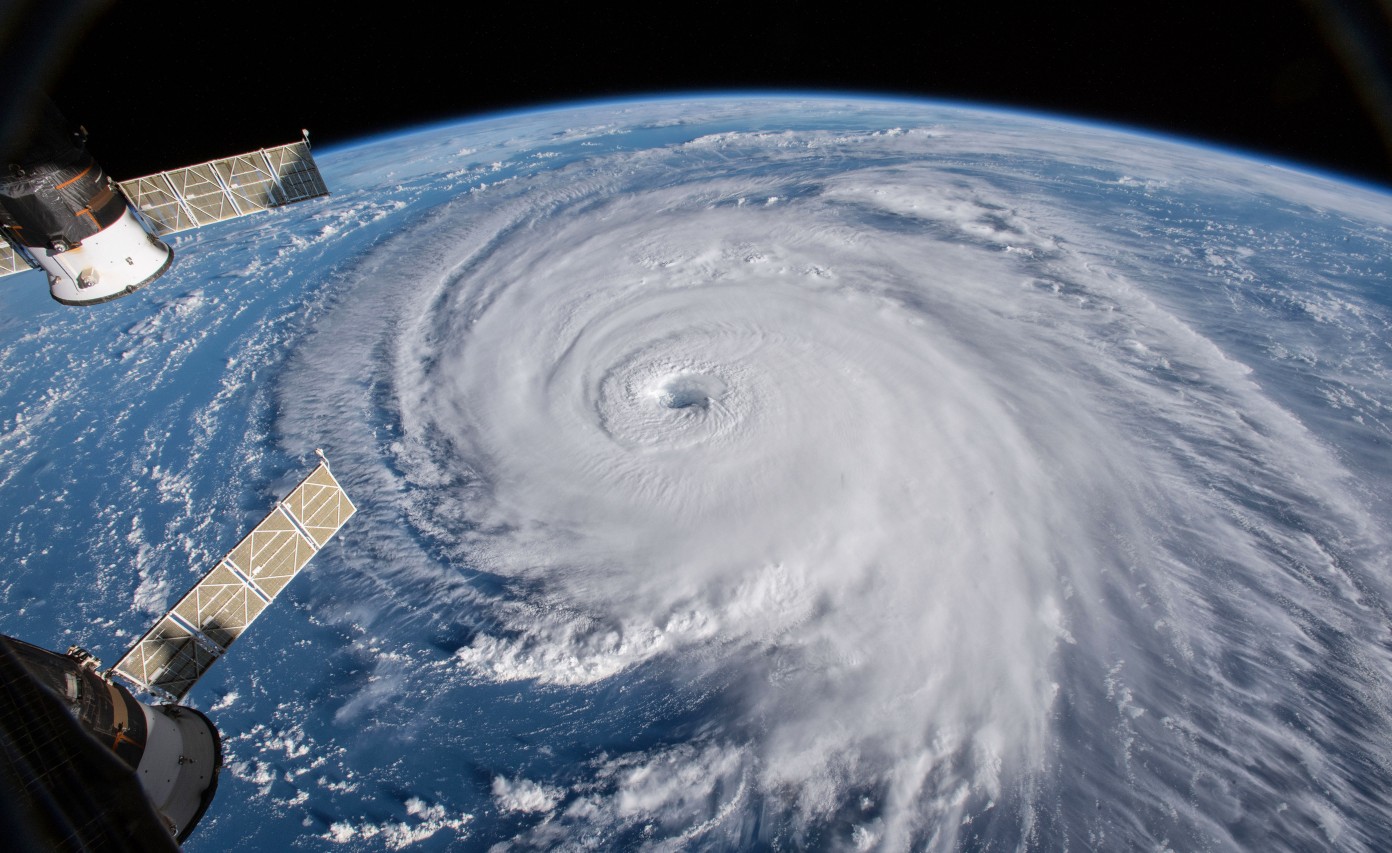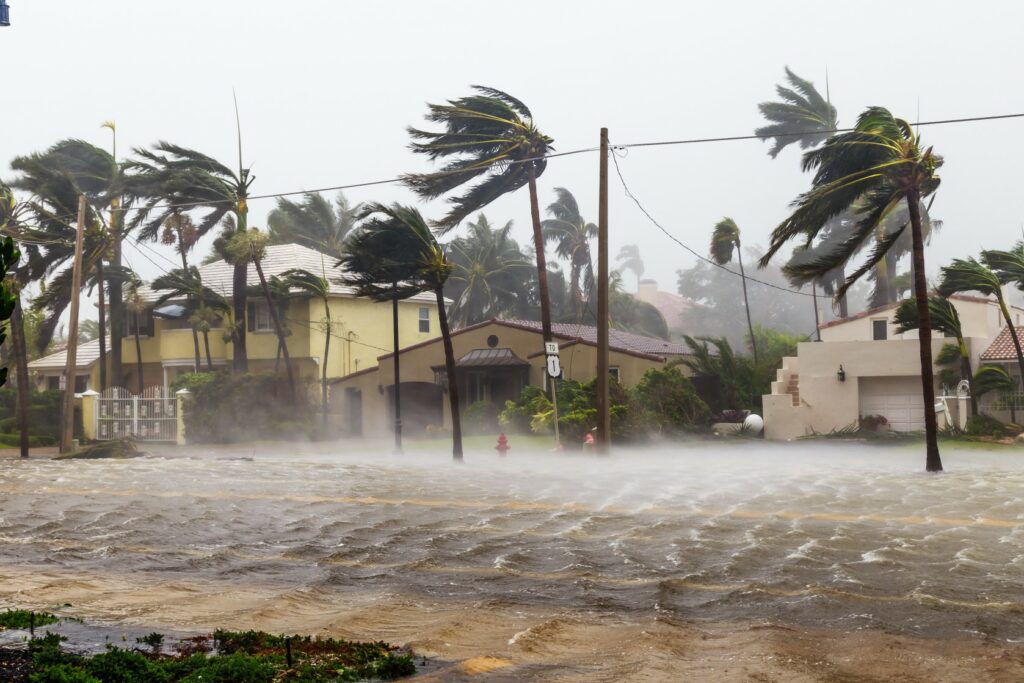
Heavy Rain, Flooding, and Chance of Severe Weather Staring Down the Southern U.S.
January 22, 2024
Posted: August 12, 2022 9:13 am





The Atlantic Basin has yet to produce a tropical storm likely to turn into a hurricane so far in the hurricane season of 2022. The third month of the season, which many experts consider starts in earnest on August 1, has defied most expectations. Most meteorologists predicted heightened storm activity because of warmer surface water temperatures than normal.
Experts warn that the development of a tropical storm in the Atlantic Ocean could change things rapidly by stimulating tropical storms in the coming weeks. The Atlantic basin that produces most tropical storms and hurricanes has been notable for a lack of storm activity since Tropical Storm Colin disintegrated within hours of reaching the level of tropical storms On July 2, 2022. The definitions of named storms include:
The previous times when storms developed from early July to early August happened in 1993, 1999, 2000 and 2009. Only three tropical storms have developed this year, but the numbers don’t explain everything. The season runs until the end of November, and storms that develop later in August and September tend to be more damaging than hurricanes spawned in earlier months.

Despite a record of milder storms when tropical storms don’t develop as quickly as usual, the number of times that happens has been anomalies that could defy predictions. As far as individuals are concerned, the most devastating storm you see in a lifetime might be one classified as relatively mild. Hurricanes generate tremendous power that can destroy your home and business.
The accumulated cyclone energy, ACE, rating measures the cumulative power of all storm events in the Atlantic. So far, the rating is one-third of normal for this time of year. The deficit will continue to grow unless major weather events occur in the prime time of mid-August through mid-September.
Supercomputers in the United States and Europe show fewer signs of tropical activity through the end of the first week of August of 2022. No regions have been targeted for closer monitoring for expected developments in the next 5 days.
AccuWeather forecasters predicted a hurricane season above average — about 16 to 20 named storms including 6 to 8 hurricanes with 4 to 6 making contact with U.S. territories and states. That’s down the 2021 named storm count of 21. Storms Bill, Claudette, Danny and Elsa followed each other and Tropical Storm Ana, which actually formed before the official start of the season. 2022 broke the 7-year record of storms starting earlier than expected.
Milder weather in the Caribbean makes great weather for enjoying a cruise, and modern technology gives navigators plenty of warning time so that few cruises are canceled. Cruise ships travel up to 21 knots an hour, which outruns the speed of most hurricanes and gives the cruise lines plenty of time to reroute the voyage. Eastern Caribbean waters tend to generate more storms in the early season while the peak season of the Western Caribbean runs the entire season.
Booking your cruise early or late in the season seems like a reasonable choice — especially in seasons of record-low storm activity. If deciding on a cruise in Australian waters or other island groups in the Pacific Ocean, be aware that the peak season runs from January to March. Parts of Asia become susceptible to the monsoon season, which runs from May to October.
The storms might have different names, but all are based on tropical cyclonic storms that start as depressions and increase in intensity to become tropical storms and hurricanes. Booking a cruise during hurricane season usually results in lower prices and other incentives as all cruise lines do their best not to cancel cruises.
You might face choppy water until the captain outruns a hurricane or tropical storm. Most larger cruise ships don’t rock much unless your ship arrives very close to the storm. That, however, shouldn’t last very long as the captain reroutes the trip to move away from the storm as quickly as possible. Those who get seasick should carry some Dramamine along for emergencies.
The current situation of three named storms matches the average season’s pace. However, the world adjusted its expectations of several devastating storms each season based on averages recorded between 1991 and 2020. These years have produced higher than normal storm activity, a situation based almost certainly on the global warming trend.
During this period, the first hurricane struck on August 11, and the first major hurricane struck on September 1. It’s highly unlikely that a hurricane will strike by August 11. On average, 14 storms receive names each season.
Did you find this content useful? Feel free to bookmark or to post to your timeline for reference later.

January 21, 2024

January 19, 2024

January 18, 2024